Sorry if I come across a little harsh in my posts, but the curse of internet wisdom is that if a myth or unresearched opinion gets repeated enough times, eventually it will become the established fact. At some point, someone will look up this thread while researching why his dial has an odd shimmer and if the majority of the contributors say it is due to a seller treating his dials with oil - or redialing them even - that will likely be the take away for that person.
You'll have to ask yourself
why the dial should have been treated
if that even is something done by unscrupulous sellers? Here we have a seller who has a downright massive output of sales of mostly fairly common Omegas in various states of repair and who is generally upfront with what he has. What has he to gain? What has he to lose?
I find it slightly odd that given the various posts in this thread - and having no preconception of whether this method of treating a dial is plausible - you went with supporting the notion that has yet to be supported by actual experience.
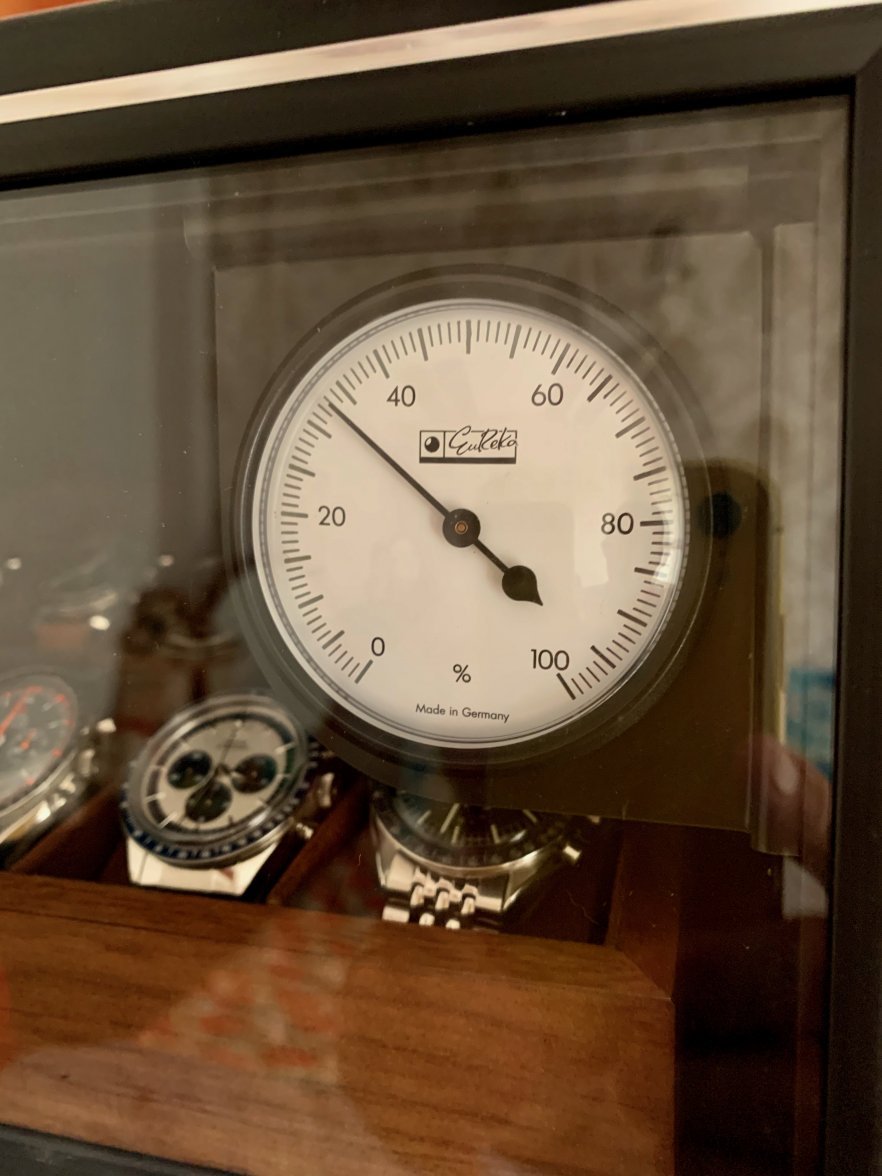
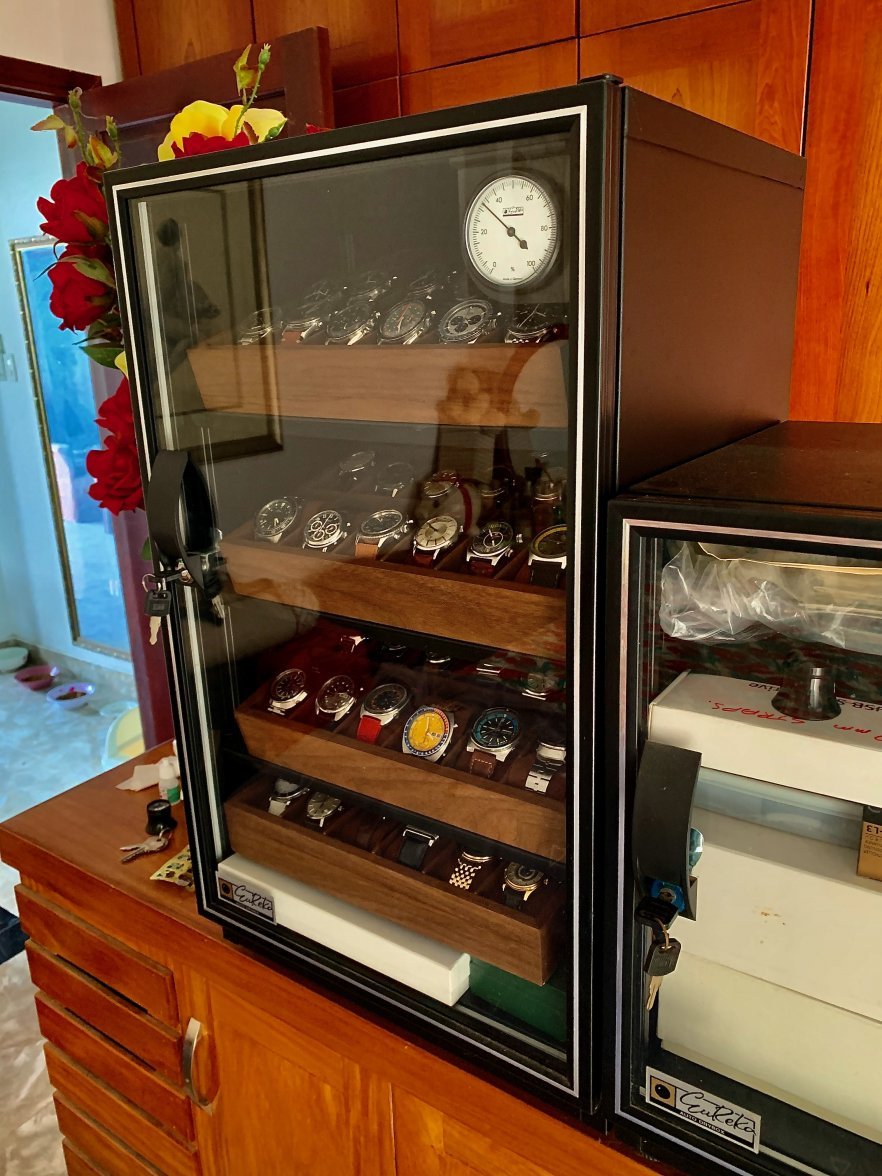

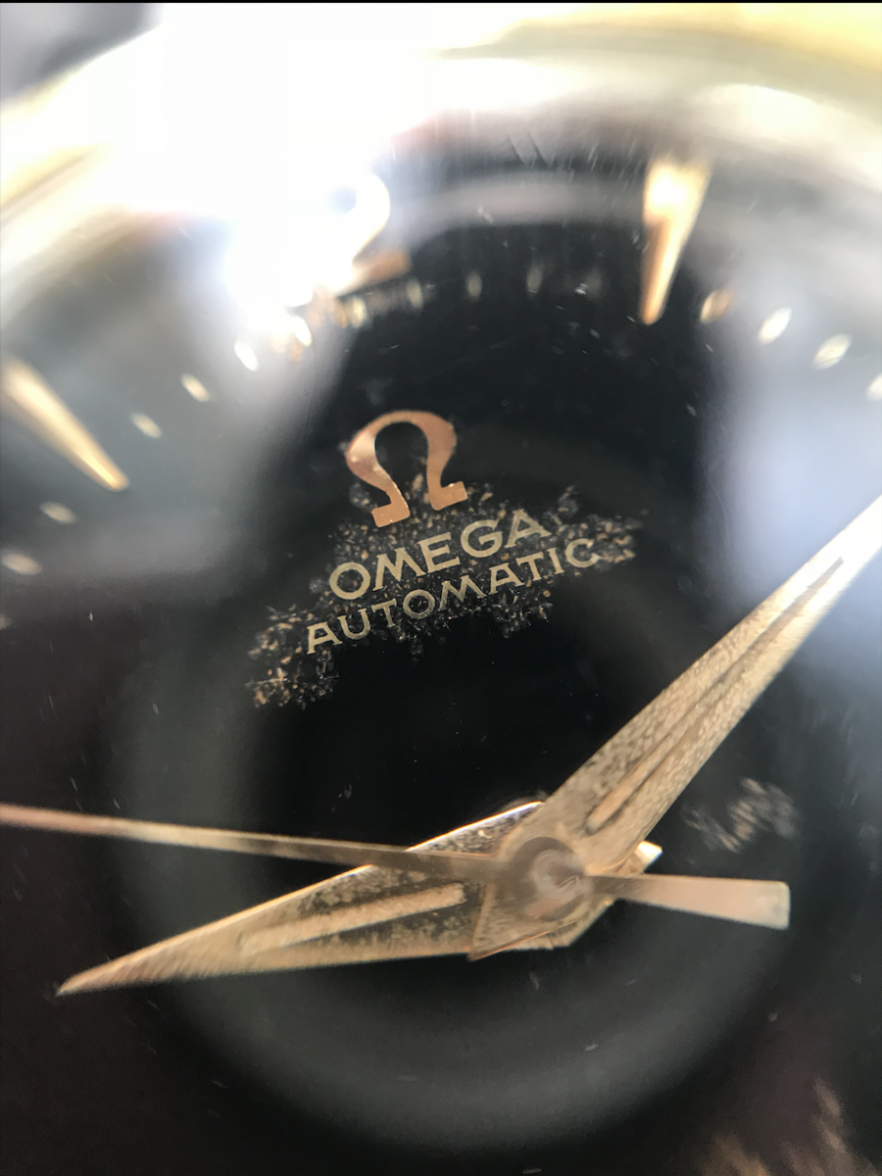
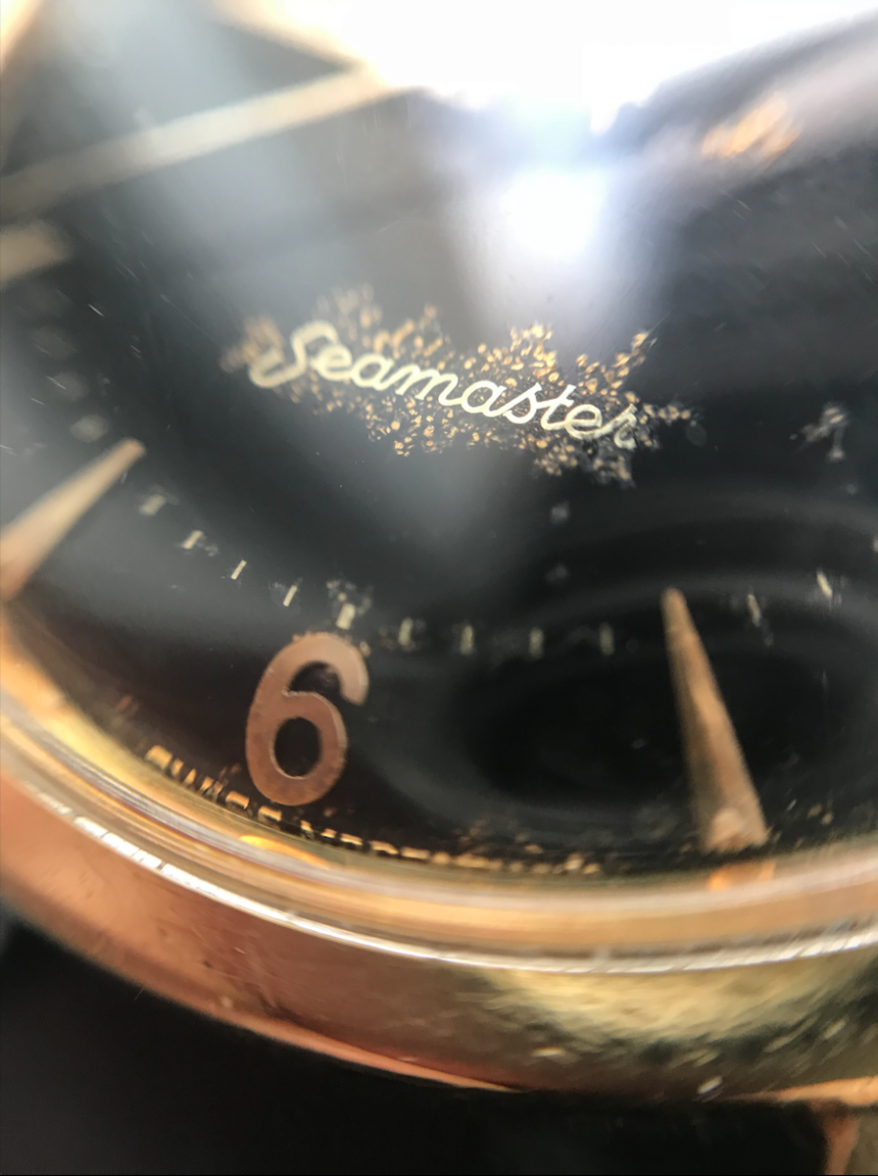
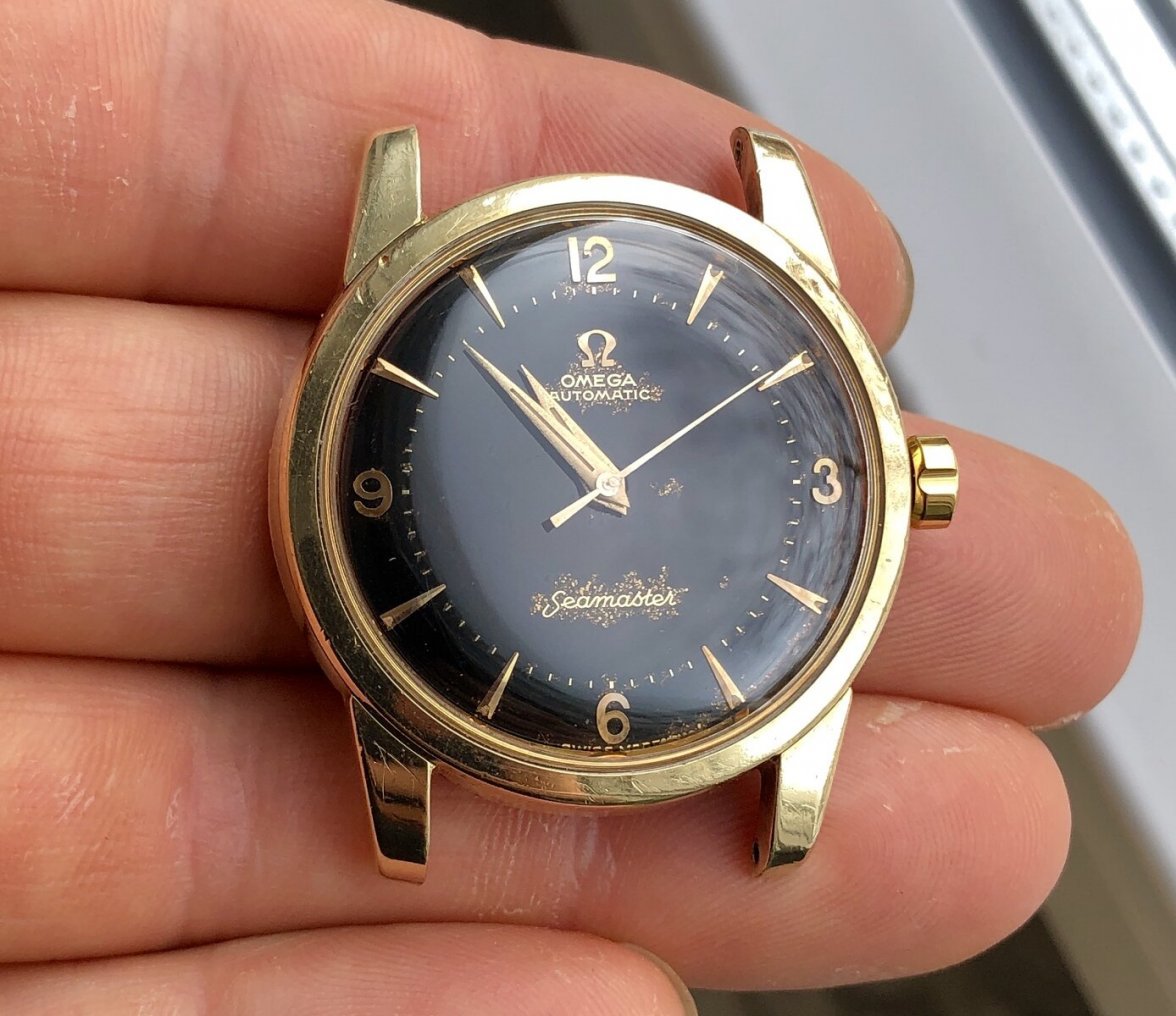
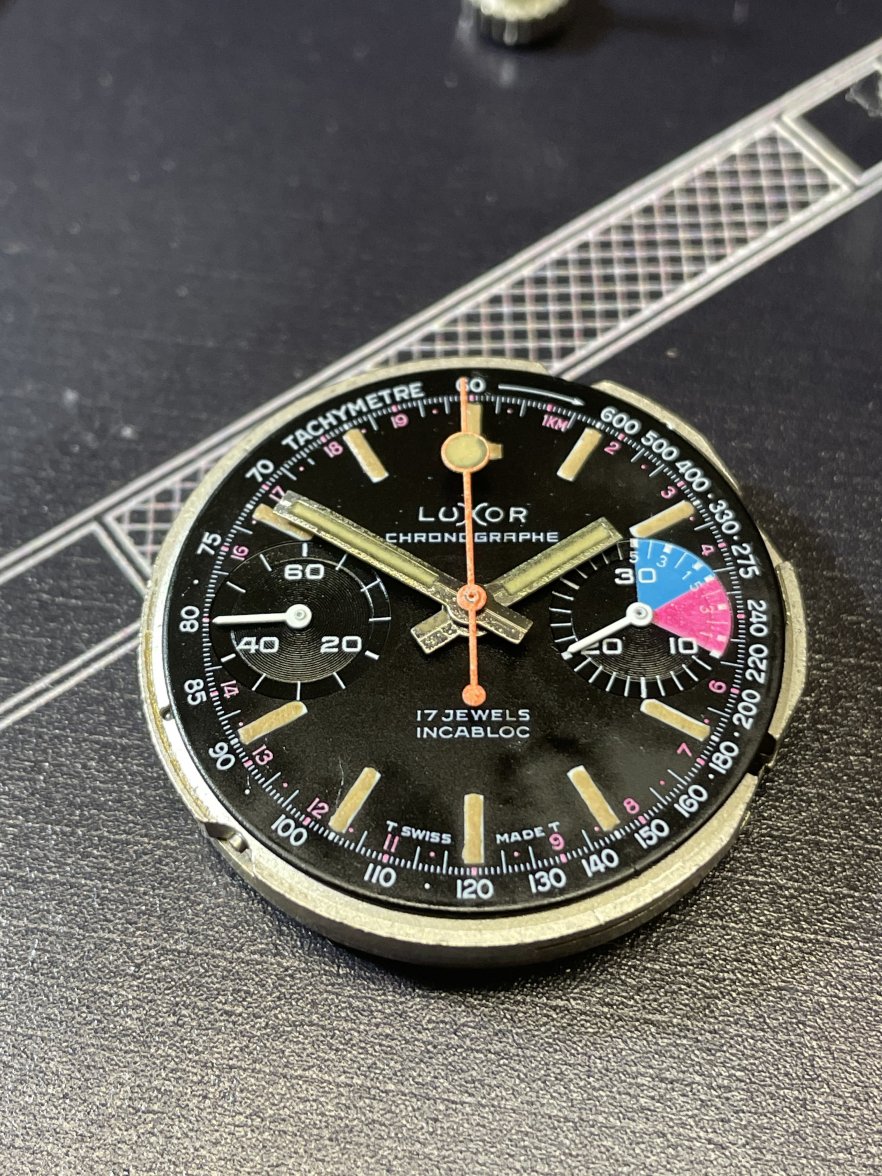
 I'm absolutely no fan of internet wisdom and to be fair I have not factored in damage to reputation as I had no knowledge of the reputation you mention. I hope that is not the case.
I'm absolutely no fan of internet wisdom and to be fair I have not factored in damage to reputation as I had no knowledge of the reputation you mention. I hope that is not the case.